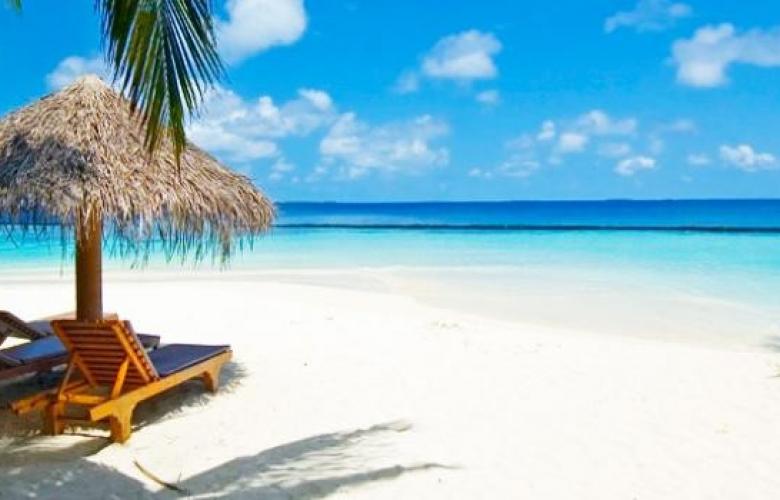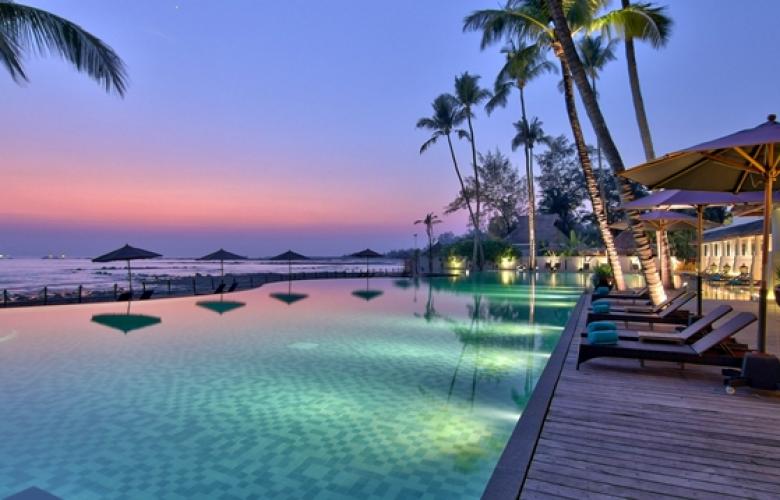Stronger Investment Interest Surfaces in Ngapali (Thandwe), Myanmar
Contact
Stronger Investment Interest Surfaces in Ngapali (Thandwe), Myanmar
Karlo Pobre from Colliers International has released their June 2017 Primer Report for the Ngapali Hotel & Resort Market.
Colliers International's Karlo Pobre reports that the increasing global awareness along with the rising confidence in domestic tourism is now driving Ngapali’s (Thandwe township) hotel market to new heights. Once a sleepy town engaged mostly in farming and fishing, Ngapali is fast evolving, now recognised with international accolades as Asia‘s next beach destination. In fact, stronger investor interests are resurfacing, with many now looking beyond the currently concentrated hotel zone, specifically at new potential sites with attractive land rates. Going forward, Colliers recommends "developers to focus into the untapped international standard mid-tier hotel category given the growing number of FITs and local visitors."
Ngapali (Thandwe) Hotel Zone

Hotel room stock on the rise amid growing foreign and local demand
The increasing demand from both local and foreign travellers has resulted into a rise of hotels in Ngapali over the past decade. At present, the famed Ngapali beach, which stretches three kilometres wide, offers 17 mid-tier to upscale hotels collectively representing 720 rooms. This stock grew by an annual average of 15% from 1996 until 2014, with Hilton Ngapali Resort & Spa being the latest development, and the first international branded hotel to enter the market.
Ngapali (thandwe) Hotel Supply Stock

Source: Colliers International Myanmar
Though there was no new supply introduced in 2015 and 2016, the recent rise in demand is an impetus for some hotels to now undergo room stock expansion, along with local and foreign investors keen to acquire new development sites. In fact, future supply is starting to build up with eight new hotel projects in the pipeline, collectively representing more than 500 rooms. With plans to expand the already concentrated Thandwe hotel zone, more investors are now looking to acquire properties both towards the north and south of the main Ngapali beach, and to some extent, in the nearby coasts and islands. As a result, asking land prices in these areas rose since 2013 by at least six times to the current USD300 to USD400 per sq. m.
Going forward, Colliers sees demand for the hotel market to track a lengthy upcycle especially as the government plans to improve infrastructure facilities. In particular, the future upgrade of Thandwe Airport will drive regional demand for the area. The recent flight routes from Mandalay has similarly paved the entry of some Chinese group travellers coming mostly from Yunnan Province, while eventually direct flights from Bangkok to Thandwe could only mean further growth. At present, the number of tourist arrivals is already on the rise. Data from the Ministry of Hotel & Tourism revealed a substantial 30% YoY increase in visitor arrivals in 2016. Growth in domestic visitors was notably high which grew more than twice the previous year.
Tourist Arrivals in Thandwe

Source: Colliers International Myanmar
Untapped demand for international standard mid-tier hotels and resorts
Demand for hotels in Ngapali is still considered generally seasonal. Tourist arrivals are particularly high during the months of November to January, as well as in April for Myanmar’s New Year festival. While most hotels shut down during the monsoon season (June- September), some remain partially operational, catering mostly to local guests taking advantage of the promotional rates and further electric grid connectivity in the area should help support this trend. In 2016, the low season occupancy rate hovered between 30% and 40%, while the high season reached 83% - some hotels have recorded fully occupied levels. Overall, the average occupancy rate in 2016 grew by 4% YoY to end at 53%. Meanwhile, the average daily rate grew by 1.5% and 3.4% YoY for the upper-scale and mid-tier hotel categories, respectively.
Ngapali (Thandwe) Average Occupance Rate

Ngapali (Thandwe) Average Daily Rate in USD

The upward trending demand is mainly facilitated by the increasing global awareness along with the strengthening confidence among domestic travellers. Foreign arrivals are still mainly led by European nationals particularly from Germany, UK and France. The majority of whom are couples, staying between five and seven days. Many hotels have similarly witnessed a considerable rise of local travellers, mostly families as well as through corporate bookings especially during summer.
The travelling cost, especially airfares, are still considered generally expensive in Myanmar. This leaves many of the local travellers to settle in lower grade hotel options. Colliers advises investors to start banking on the rise of domestic arrivals by tapping into the mid-tier hotel segment. Future developments should adopt international standards that focus on the overall guest experience. This can be reflected in the quality of rooms, services, building upkeep, interior designs, landscaping, amenities and facilities. At present, most three star hotels in Ngapali lack such offerings.
Click the link below to download the full report.
Similar to this:
Car parking requirements hamper lacklustre condominium market








